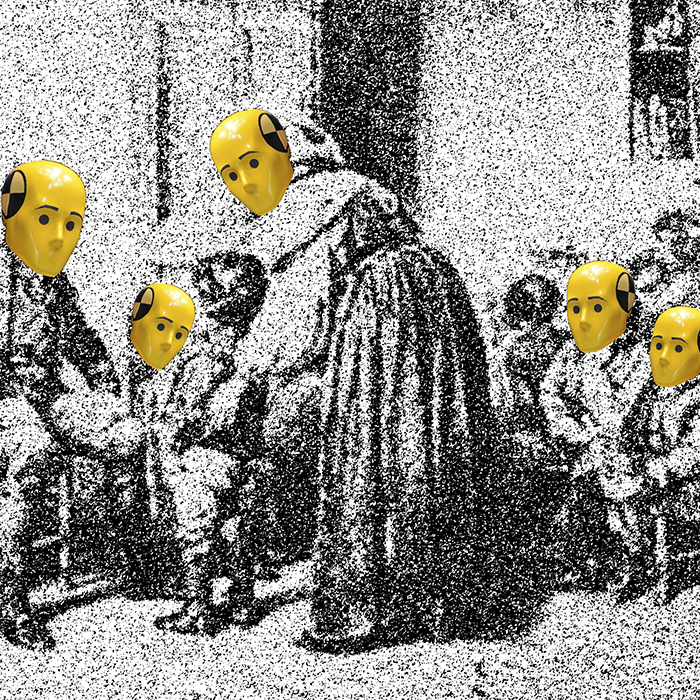Below are a number of simple strategies to support adopted and permanently placed children in school to

10 mindfulness exercises for kids | BBC Good Food
51 Mindfulness Exercises for Kids in the Classroom – Waterford.org
30 Children’s Books to Foster Mindfulness – Teaching Expertise

The BRIGHTER FUTURE project has been funded with support from the European Commission. This publication reflects the views only of the authors, and the Commission cannot be held responsible for any use which may be made of the information contained therein.
